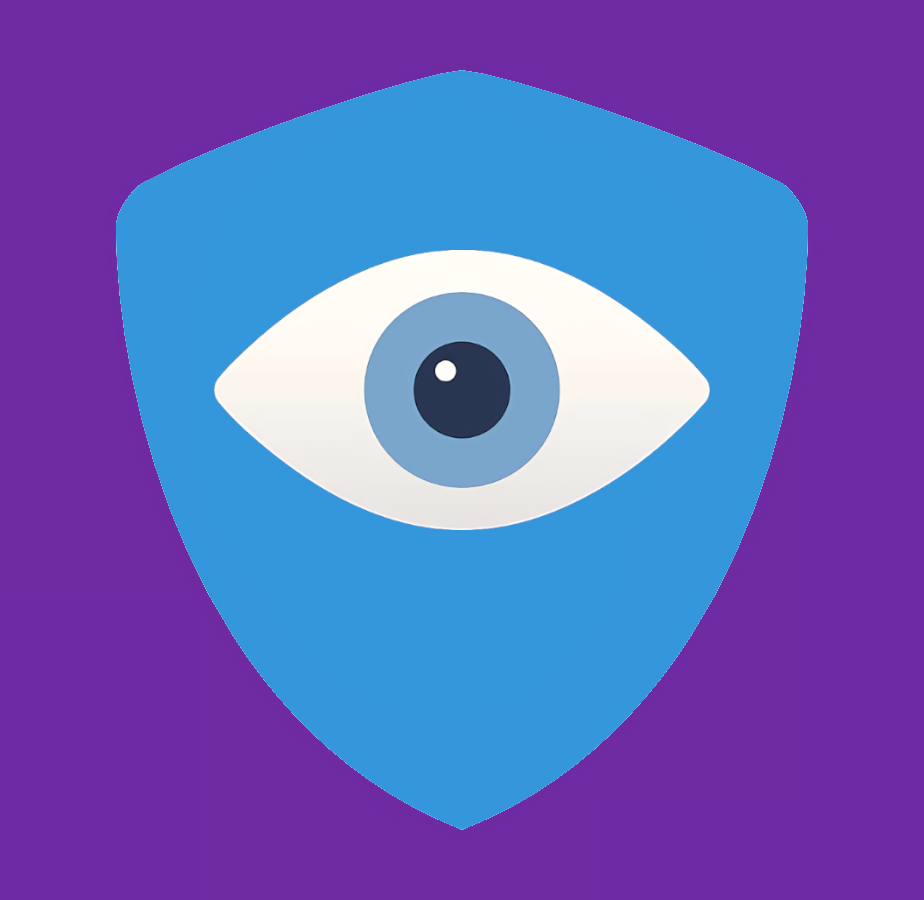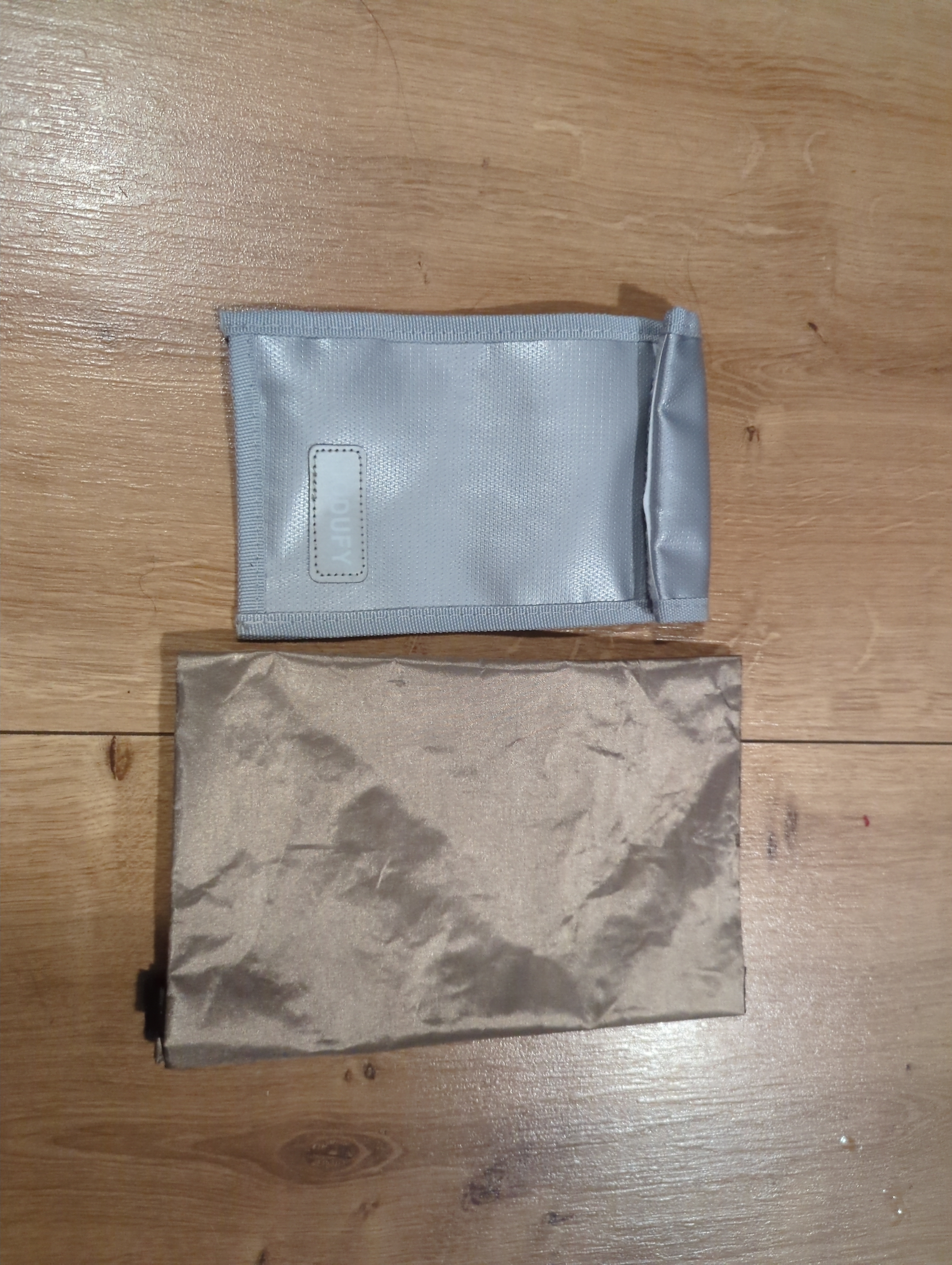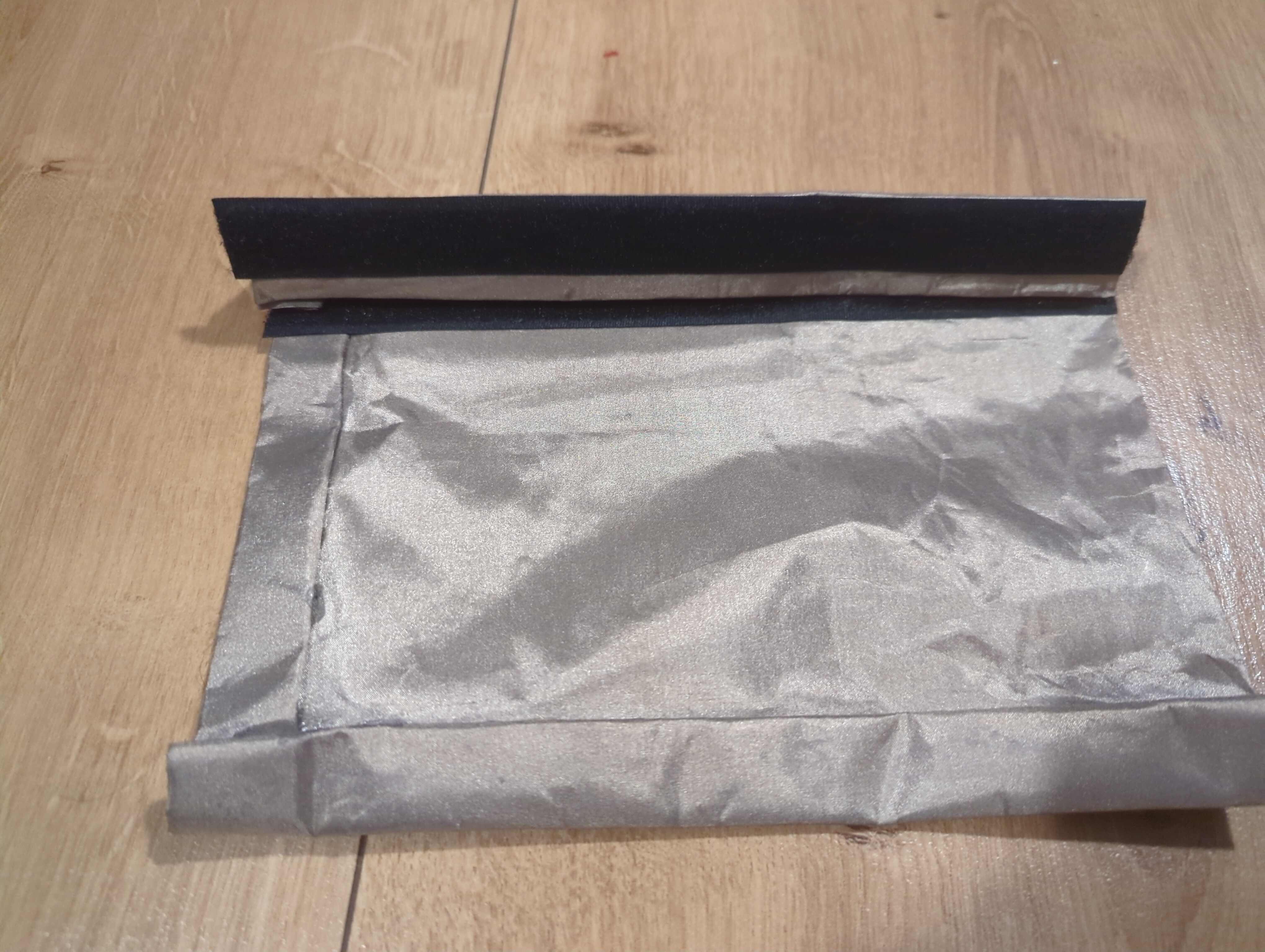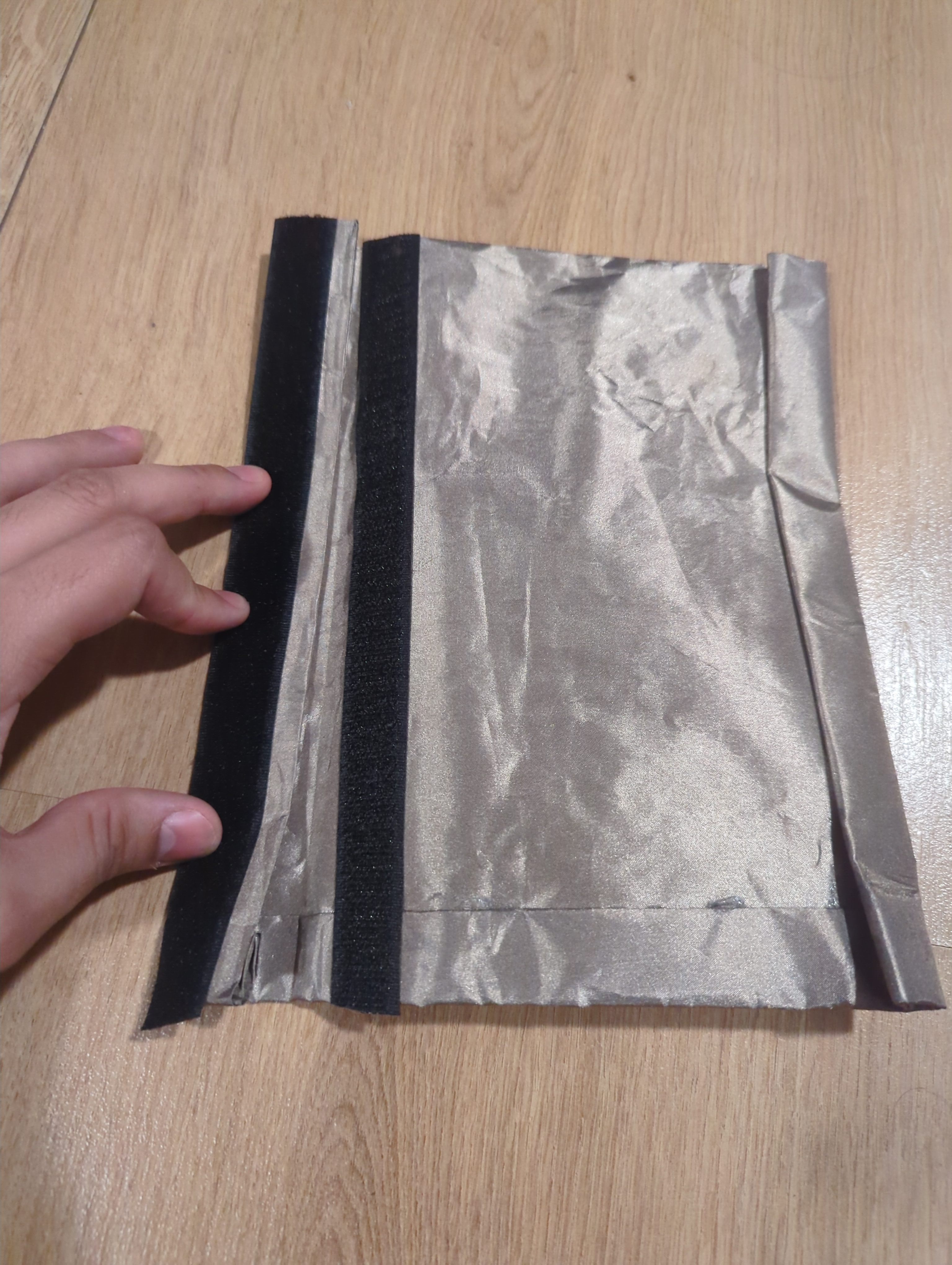

I looked up LycaMobile in Germany and was surprised to find you have an entire ‘Prepaid SIM’ wiki, ha! https://www.prepaid-wiki.de/tarife/Lyca_Mobile
Germany is not too far from NL. I think you can just order a Dutch SIM card. If all you want is for it to be active, I don’t think it would be a problem as you would not actually use roaming services. Just top up via code every 5.5 months or so by dialing 101CODE#
I have not tested this myself so there may be some special rules I am not aware of, but I have often kept phone numbers abroad for years - just not Germany specifically










Hmm, you are right, it is possible that the initial activation is more difficult if you are not in NL.
I found a forum post of someome having problems with a KPN sim card, but for LycaMobile I still don’t know: https://community.kpn.com/prepaid-16/sim-card-activation-doesn-t-work-in-germany-591780
I wil be going to Germany in a few days so I will bring one of those SIM cards and check what happens when I try to activate it, I’ll report back.